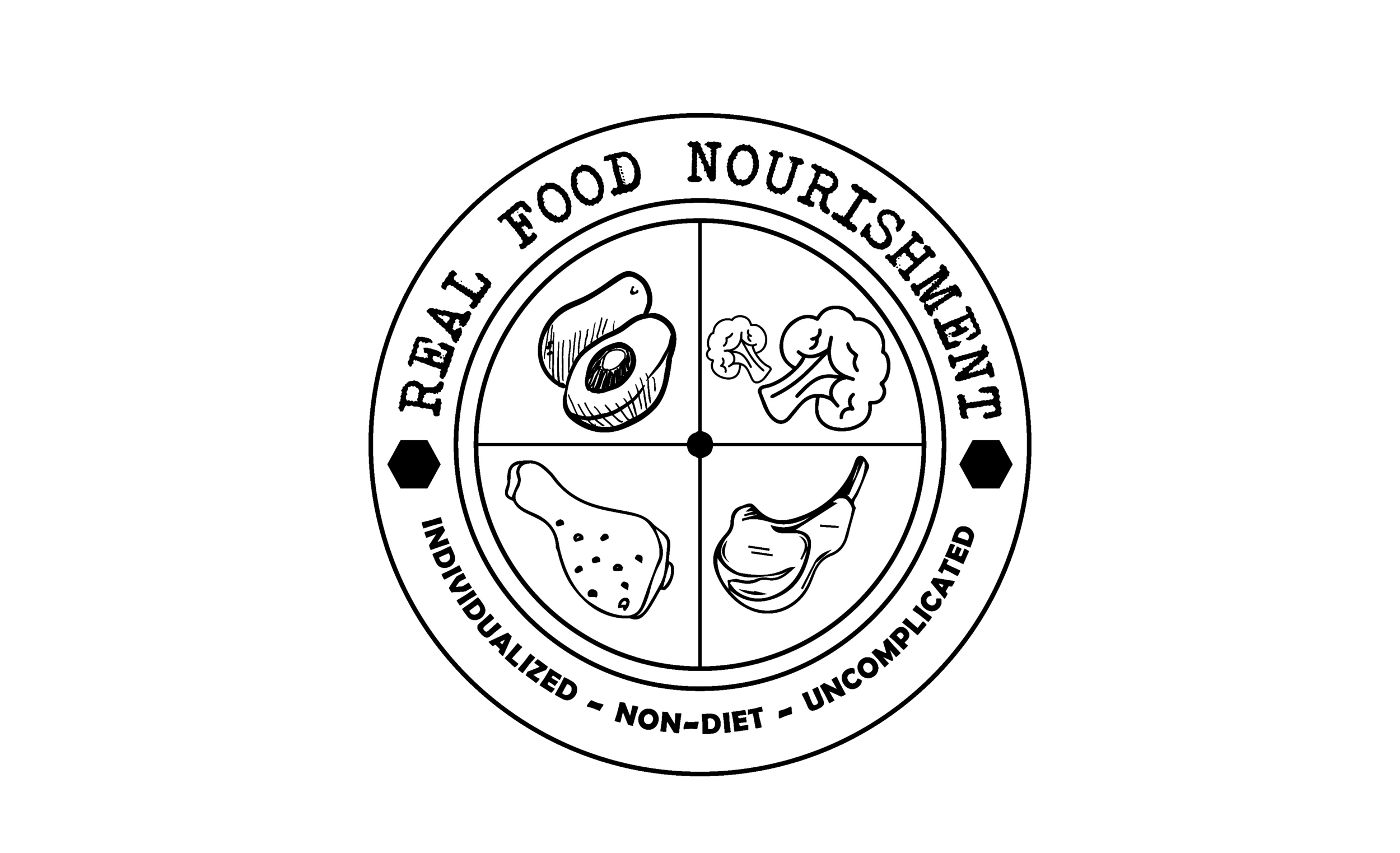How do anti-inflammatory drugs such as aspirin, NSAIDS, and steroids relieve pain?
It’s very common to reach for an over the counter (OTC) pain reliever when we have a headache or other type pain. You read the box and you see phrases like “Pain Reliever” and “Fever Reducer (NSAID)”. What does that mean and how does that work? Well, in order to answer those questions we need to take a step back and go over the basics of how the body produces pain in the first place. The body produces the pain and swelling (inflammation) you feel through the production of a group of lipids (fats) called Prostaglandins.
Prostaglandins are defined as hormone like lipids but unlike other hormones they are not secreted from glands into the bloodstream. They are produced on demand via chemical reaction at the site of an injury, infection or other illness. They also control blood flow and blood clots. Prostaglandins functions are integral to the overall healing process.
The process in which Prostaglandins are produced is an involved one (see Figure 1 for an abbreviated view), since Prostaglandin are just a part of a larger group of Eicosanoids derived from Arachidonic Acid. This essay will cover the Omega-6 and Saturated Fats pathway to Arachidonic Acid in a high level manner in order to show how popular pain relievers interfere in this process.
It the general discussion of dietary fat consumption, one theme tends to be repeated, avoid saturated fats as much as possible. Actually when it comes to saturated fats and all dietary fats in general, we needs to consume all types (including saturated fats) in balance. While saturated fats are inflammatory in the body and this sounds unproductive. The body needs to inflame as well as anti-inflame as part of the healing and recovery process from illness, injury or infection.
Having a diet with a good quality balance of polyunsaturated (Omega-3, Omega-6), Monounsaturated and saturated fats is vital for proper prostaglandin formation. This is just the beginning since we also need a good supporting cast of Vitamins C, B3, B6, E, Enzymes, Proteins, Zinc and Magnesium.
Figure 1 – Overview of the Omega 6 and Saturated Fats Prostaglandin pathway.
Arachidonic Acid is used in the creation of various enzymes but we will focus on cyclooxygenase-1 (COX-1) and cyclooxygenase-2 (COX-2) enzymes. COX-1 and COX-2 both synthesize prostaglandins for different purposes in the body. COX-1 produces prostaglandins that protect gastric mucosa, Supports renal function and platelet normal formation. While COX-2 mainly controls pain and inflammation at the site of injury, infection or illness.
Before we proceed to pain relievers, I wanted to define a word that is very common when it comes to pain, Inflammation.
Inflammation is the response to a harmful event in the body, such as physical injury, irritants, pathogens or allergens. The body’s response involves swelling, heat, pain and generally a loss of function at the site. While we might think inflammation as an undesired effect it is part of the healing process.
There are two types of inflammation, acute and chronic. What I described in the previous paragraph is acute inflammation. This type is proper and necessary repair function. Chronic inflammation on the other hand is almost always considered improper because inflammation that does not go away might be a sign of more serious systemic dysfunction.
What does “Pain Reliever” and “Fever Reducer (NSAID)” mean and how does it work?
These are common descriptions on the covers of over the counter pain relievers. The messages are obvious in their function. The term NSAID stands for “Nonsteroidal Anti-Inflammatory Drugs”. There are various anti-inflammatory drugs but the term nonsteroidal was used to separate them from steroid class of drugs.
NSAIDs inhibit the synthesis of prostaglandins from arachidonic acid by binding to COX enzyme sites therefore effectively blocking arachidonic acid catalysis. NSAIDs are effective at inhibiting COX, a little too good it seems, since they are not selective and inhibit both COX-1 and COX-2. Since COX-1 is protective to stomach and intestinal mucosa, blocking this can lead to stomach ulcers and/or upper intestinal bleeding with long term use. Steroids also inhibit Prostaglandin production like NSAIDs but have wider clinical uses i.e reducing immune system response to nerve or tissue damage.
NSAIDs and steroids can be useful short term tools but due to the serious potential side effects with long term use, caution must be exercised. It is advisable that the minimal dose be used whenever possible and discontinue use as soon as working pain tolerance is achieved.
There are a number of natural dietary and herbal anti-inflammatory substances that can assist in pain management. Omega-3, Turmeric, Garlic, Ginger and green tea to name a few. Always remember to consult a qualified health professional like a Naturopathic Doctor when combining natural therapies and Drugs.


